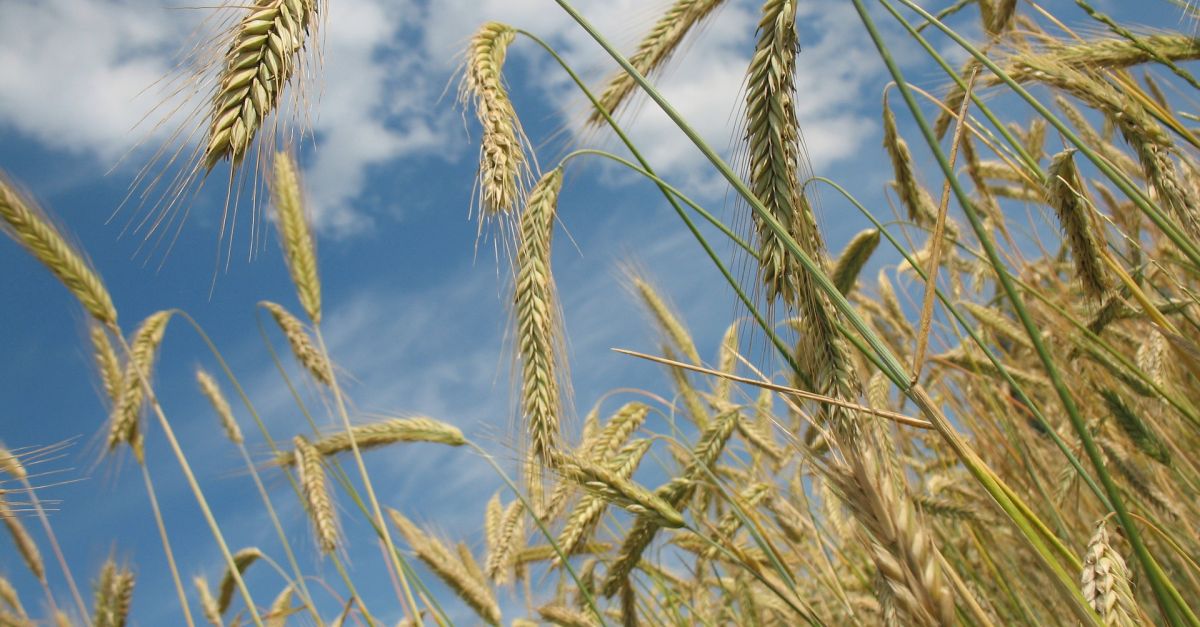The prices of goods consumed by the agriculture sector fell by 11% in the European Union during the first quarter, with most countries recording lower costs as volatility related to the war in Ukraine quells, the EU’s statistics office said.
Russia‘s invasion of Ukraine, both major agricultural exporters, disrupted shipments of fertilisers and edible oils from the Black Sea region and sent prices of wheat, soy and corn to near record highs in 2022.
But the recent declines in agricultural output and input costs show a return to calmer pre-disruption levels, Eurostat said.
The decline in input costs included a 31% drop for fertiliser and soil improvers, 16% for animal feeds, and 12% for energy and lubricants, compared to a year earlier, it said.
Input Prices
Out of 25 EU member states with available data, Portugal was the only one where input prices rose by 2%, while the Netherlands, Ireland, Hungary and Croatia recorded biggest drops of between 17% and 20%, the data showed.
Twenty countries also recorded lower output prices, or prices of agricultural goods sold, which dropped by 6% on average, with a 28% drop in the price of cereals, Eurostat said.
Output prices rose in five Southern European countries, led by a 20% increase in Greece.
An expected impact from unfavourable weather conditions on harvested volumes pushed prices of potatoes up by 22% and those of fresh fruit by 20%, the statistics office said.
In 2023, the average price of agricultural goods as a whole across the European Union increased by 2% compared to the previous year, while the average price of goods and services related to agriculture decreased by 5%, Eurostat noted in January of this year.

